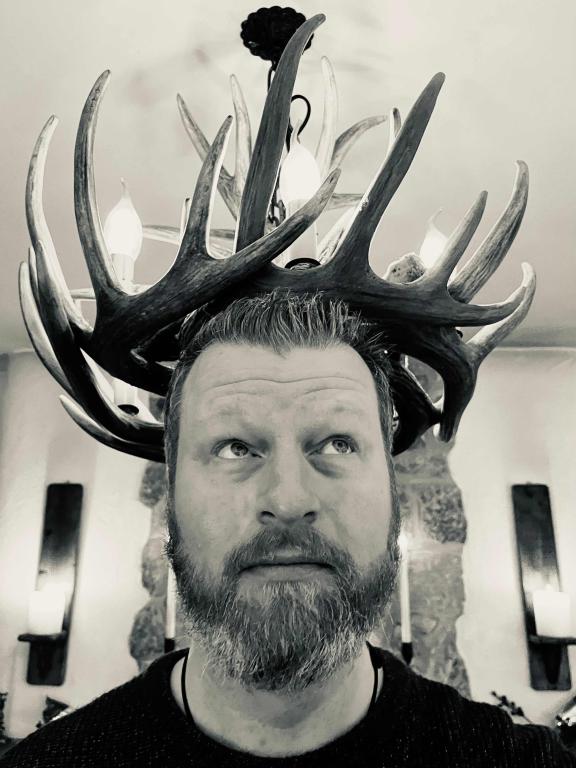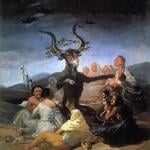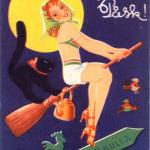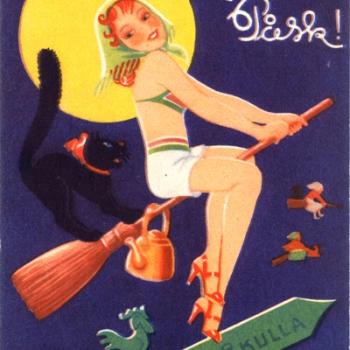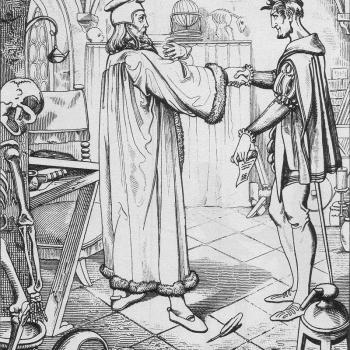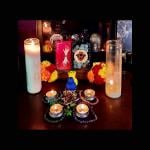Within the milieu of modern occult arts, the folklore and historicity of witchcraft has developed in tandem with the Craft’s popularity in recent decades, presenting an alternative to traditional initiatory Wicca of yesteryear and notions of a surviving Murrayite pagan cult. With a greater number of people growing within the fold of witchery, combined with the availability of information through unprecedented literary output and social media outlets, a more broad perspective has been brought to the subject. Therefore, modern witchcraft adherents are more inclined to discover the historic and folkloric elements for themselves, develop personal relations with spirits and be guided by the numen of the current of witchcraft and sigaldry (ME. sorcery).
Amongst the many strands that constitute a modern idea of witchcraft, Traditional Witchcraft is a label that serves to loosely denote certain streams that have a coherent ethos and recognisable identity and, typically, involve an initiatory aspect — that is, they purport to uphold the values of an apparent tradition or body and require one to be initiated into that stream in order to draw from the wellhead.
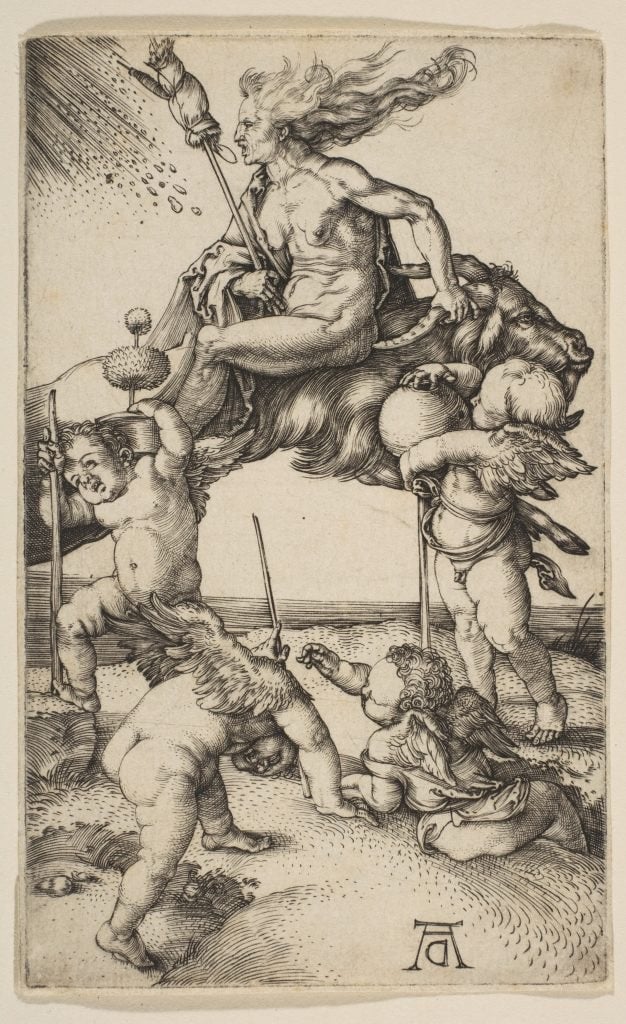
Paradoxically, the heritage of witchcraft itself is one that purposefully transgresses what would be deemed ‘tradition’ in the common vernacular, harvesting power precisely from the betrayal of conservative conventions and recognisably ‘traditional’ values in pockets of culture, communal ethical codes and individual moralism. In broader society, this social conditioning has manifest through the stricture and morality of religious inclination that has powerfully informed the cultural body of the so-called civilised world for millennia — and still does to some extent, especially in less secular societies that are not as tolerant of freedom of thought and expression.
This leaves us wondering, then, what it is that Traditional Witchcraft actually signifies and how it perceives itself. Progressively, it would appear in many instances to arise as a self-identity, suggesting a kind of preserving of and adherence to an ethos that propounds certain underlying belief and praxes — a witch is one who does witchcraft; witchcraft is what a witch does. Where this becomes interesting are those areas of witchery that recognise the inherent power and fundamental basis of the cult through opposition — indicated through deliberate perversion, inversion and reversion.
Importantly, witchcraft is not the wanton transgression of tradition and morality for its own sake, although that may yield some potential in moderation. Rather, it is the purposeful recognition of the undulating road that cuts a narrow path between obedience and disobedience, the good and the right, body and soul, life and death. We ever stand upon a knife’s edge, perilously treading a way that can ultimately become our demise. The bond of the immortal soul, tethered to the worldly flesh, is ever pulling against the converse weight of the mortal body. The manifest solidity of the body adheres mankind to the profane world and a collective consciousness ordered through cumulative, often tacit, ethical codes and behaviours — a need and desire to clothe ourselves and hide our nakedness. The frictious antinomy betwixt flesh and soul is resolved in the body of the witch, historically epitomised by the orgiastic and phantasmal Sabbat that is envisaged as simultaneously carnal and spectral — oxymoronically of flesh and mind.
“The duality we try to capture through the concept of ‘soul’ derives from the human capacity to choose between obedience and disobedience. The soul is part of the body — the part that disobeys… the body is the true Establishment, seeking to maintain the status quo. Much to the contrary, the soul is that part of the viscera whose precise purpose is to betray these interests.” (Bonder 2001, 6-7)
Within the flesh, the impulse to copulate and continue suggests the alchemical base metal, representing the sensuous world of unregenerate man that the soul may work into spiritual gold. “The word of sin is Restriction,” saith Brother Crowley (Liber AL vel Legis), revealing the prohibitive bind that traditional mores and convention can fashion about us as chains to constrict Will, preventing the breaking free from missionary stagnation through a dynamic, ecstatic art.
Where Crowley cites Love as the force that unites the divided, the great motivator of mankind is assuredly Death and our innate foreboding sense that all roads lead, ultimately, to the cessation of life. The mortality of the common flesh prompts us to cleave to the mundane world, while mysticism often directs the aspirant toward the Certainty* through teaching one “to die before you die”. Thus saith Jesus to his Betrayer: “you will sacrifice the man that clothes me.” (Gospel of Judas) In this simple statement is the essence of the Betrayal enunciated, and the transgression of the soul against the common flesh revealed in a kiss.
The tradition of witchcraft itself, evinced in the historic and folkloric record, displays an inherently contravening nature. Through the violation of moral and natural law, witches in all cultures and times have demonstrated disobedience as expression of power. Indeed, the turning backward of religious and societal codes contains within it great potency in the act itself, wielding the capacity for inversion and reversion. The tension between tradition and transgression is critical in this instance to realise that potentiality.
“Tradition and treason are two inseparable concepts… Tradition (from the Latin traditio, “handing over”) encompasses the tasks of instinct taken up by human consciousness… the beliefs designed to provide the task of preservation with its theoretical and ideological underpinnings…” (Bonder 2001, 8)
The progress of mankind has been built upon the transgressions of those who would challenge the status quo to advance a new way. Whilst we can depend upon the sanctuary of tradition, it is also the cage that can restrict growth when it grips too tightly. Interestingly, the Latin root word that gives modern English both the words ‘treason’ and ‘tradition’ is tradere, which denotes the essential meaning of “to hand over”.
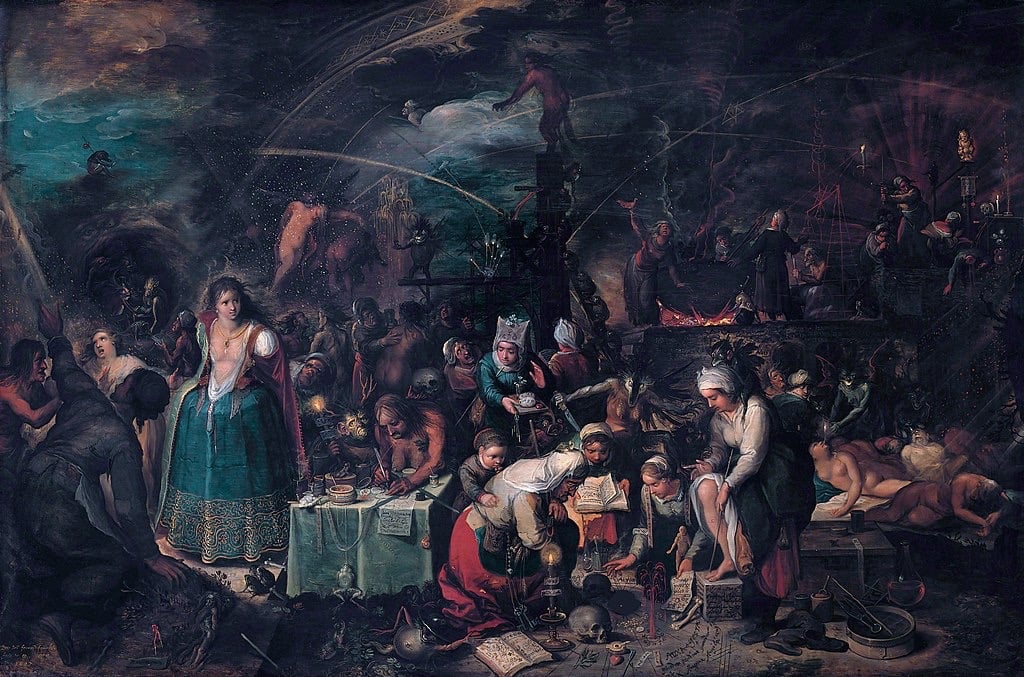
“Treason or betrayal, by contrast, involves transcendence… The Bible itself is filled with strange transgressions transpiring in the midst of countless reminders about the law…” (Bonder 2001, 8).
The power of witchcraft’s transgression serves to generate power for the individual, and the wandering coterie that serve the exiled and occulted. It is a lonely and turning road that positions one outside of the accepted and consensus mores. The traditions of witchcraft, then, may not necessarily be the preservation of an aged ideal, a medieval fantasy world of a pagan past preserved in cult form, nor the Victorian cunning man’s rustic charm. Continuation for its own sake neglects the very essence and spirit of the tradition that has been passed on. This is especially relevant when that tradition appears as, for example, Catholic folk charms used by the Pendle Witches and uttered in the garbled Papist tongue of Latin during the rigours of Reformation England. What was once believed in for its magical power, with more than the tinge of danger and risk at copping a snook to the stringent purist temperament, is now potentially used for its simple curiosity devoid, then, of the very potency that gave it transgressive power.
“The traitor is a transgressor who advocates another law and another reality.” (Bonder 2001, 9)
My new book, is due for publication through Ninth Circle Press in spring 2025. It is a deep exploration of the mystery of betrayal through the history, myth and lore of Judas Iscariot, the arch-traitor of christendom for nearly two millennia. Launch to be announced soon. To keep up-to-date and order when available, please subscribe to Ninth Circle Press newsletters.
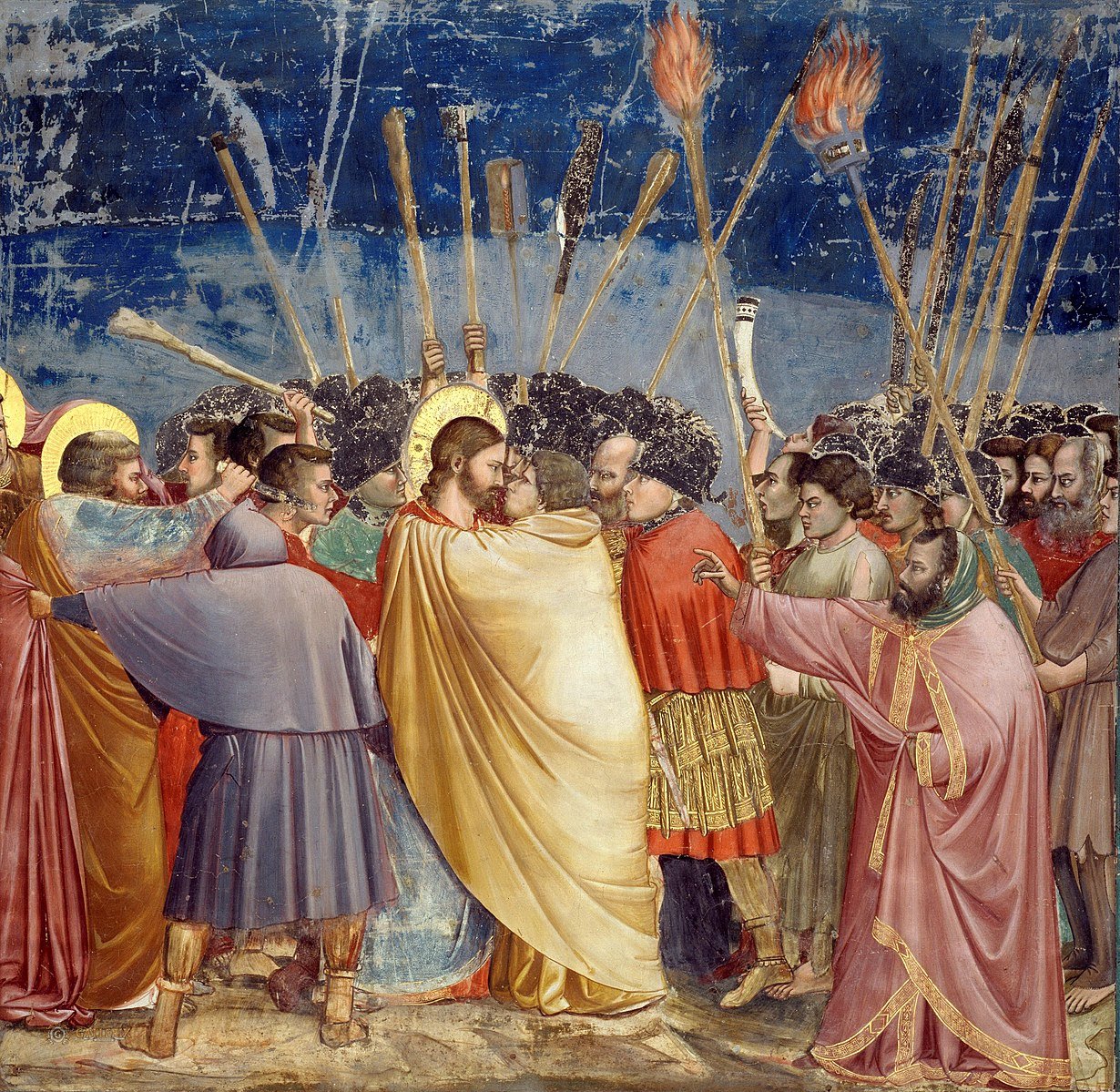
*A euphemistic term for death from Islam.
References: Rabbi Nilton Bonder, Our Immoral Soul: A Manifesto of Spiritual Disobedience. Shambhala, 2001.


